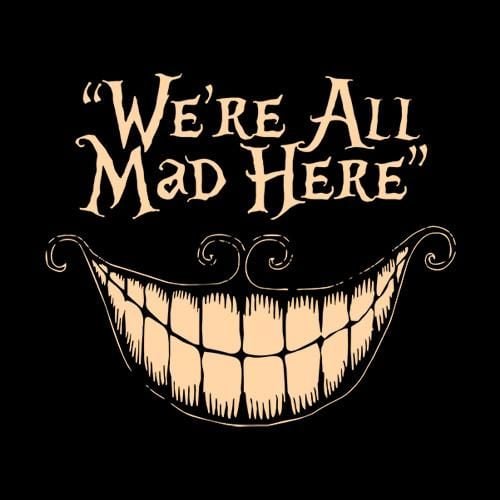- cross-posted to:
- [email protected]
- cross-posted to:
- [email protected]
cross-posted from: https://lemmy.world/post/2207898
Did you ever hear the tragedy of WebP The Efficient? I thought not. It’s not a story the GIF gang would tell you. It’s an image legend.
WebP was a new format of pictures, so efficient and so lightweight, it could use modern compression to influence the web pages to actually load faster…
It had such a knowledge of the user’s needs that it could even keep transparency and animations from dying.
The power of modern computing is a pathway to many abilities some consider to be unnatural.
It became so widespread… The only thing we had to be afraid of, was people insisting on using formats from the 90’s, which eventually, of course, they did.
Unfortunately, we didn’t teach the noobs everything we knew about compression, then the noobs killed the format by converting it to PNG and sharing that.
Ironic. We could save the web from being too slow, but not from the users.


Who needs smaller files? We have compressed data streams since ever. Also we use “archaic” formats because the web is built on backwards compatibility.
Also higher quality? You can’t get higher than lossless (PNG, TIFF) anyway. And JPEGs are good enough for photos. Also you know what kind of picture you have by it’s minetype or file extension. With webp? Well it’s a box of chocolate.
While I agree that unique file extensions for each image category are very convenient, this is overall an absurd take.
PNGs have horrendous compression. Like, it’s notorious for that.
This is just wrong. Modern formats have astonishingly better reproduction, especially for images of things like text. Some formats are also designed to mitigate artifacts caused by re-saving. No more “too much JPEG”.
All that being said, I don’t think WebP is the answer. JPEG-XL is better in so many ways, and if we’re going to make a switch, it should be to a format that is definitively the best option.